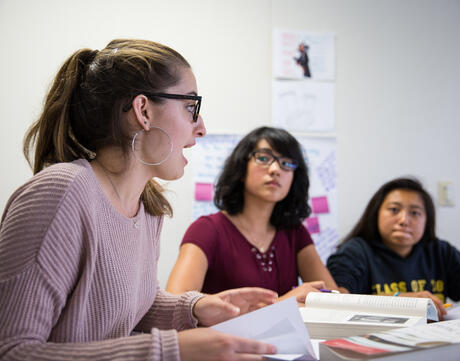
S-I-T: Surprising, Interesting, Troubling
At a Glance
Language
English — USSubject
- Advisory
- English & Language Arts
- History
- Social Studies
Grade
6–12Overview
What Is the S-I-T Strategy?
An activity based on the S-I-T strategy provides a quick and straightforward way for students to demonstrate their engagement with a text, image, or video. In this activity, students identify what they find surprising, interesting, and troubling about the material. Because the activity gives students an opportunity to process and articulate a short response, it’s especially useful when students are encountering material they find shocking or an outcome that is counterintuitive. Having students complete an S-I-T activity can be an effective way to help them prepare for a class discussion in which you want everyone to have something to contribute. It can also be an effective prompt for an exit ticket at the end of a lesson about an emotionally challenging historical topic.
Lesson Plans
How to Use the S-I-T Strategy
Unlimited Access to Learning. More Added Every Month.
Facing History & Ourselves is designed for educators who want to help students explore identity, think critically, grow emotionally, act ethically, and participate in civic life. It’s hard work, so we’ve developed some go-to professional learning opportunities to help you along the way.
Exploring ELA Text Selection with Julia Torres
On-Demand

Working for Justice, Equity and Civic Agency in Our Schools: A Conversation with Clint Smith
On-Demand

Centering Student Voices to Build Community and Agency
On-Demand














